Judogi for everyone
Design is something we all do in our lives in some way. It's part of how we can make the world a better place. As professional designers, we have a unique opportunity to make an even greater impact because we have the skills to create change. In this project, I wanted to take on that responsibility by improving the judo experience for everyone through thoughtful and inclusive design.
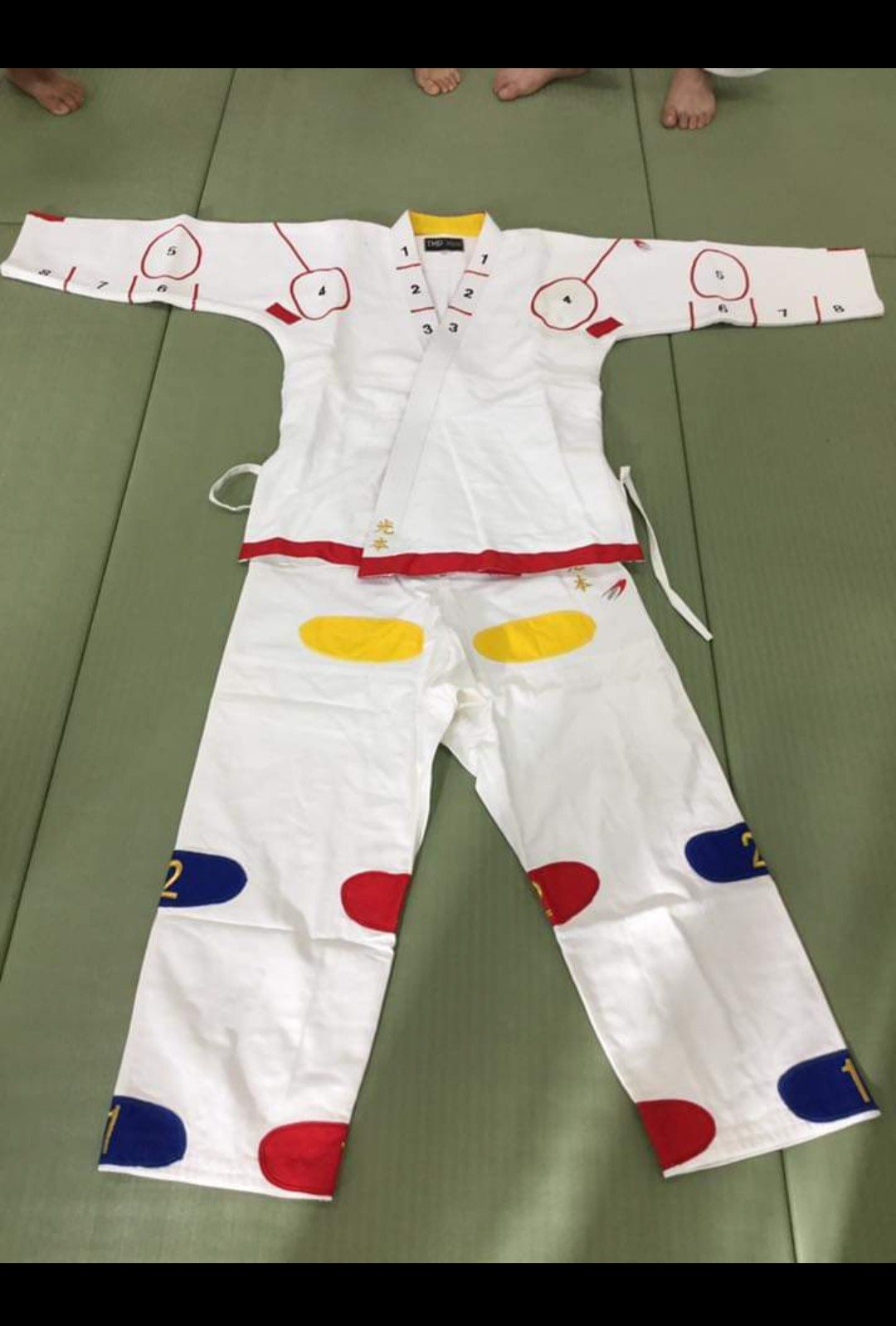
Background
With nearly 20 years of experience in judo, my journey has been shaped by the discipline and values that come from this beautiful sport. I've immersed myself in the Japanese way of life, where learning, respect, and simplicity hold great significance. These principles have not only guided my practice on the mat but have also inspired my approach to design. This project was an opportunity to bridge my love of judo with my passion for user-centered design. By focusing on inclusivity and ease of use, I hope to enhance the judo experience for practitioners of all levels, but I focused most of my efforts on kids, which was an additional challenge and motivation for this project. Kids have a special way of showing us things we might overlook because they’re always asking questions and wondering why things are the way they are. By tapping into that same curiosity, we as designers can challenge our assumptions and think more deeply about our choices. Using "why" more often can help us avoid problems and lead to better, more innovative solutions.
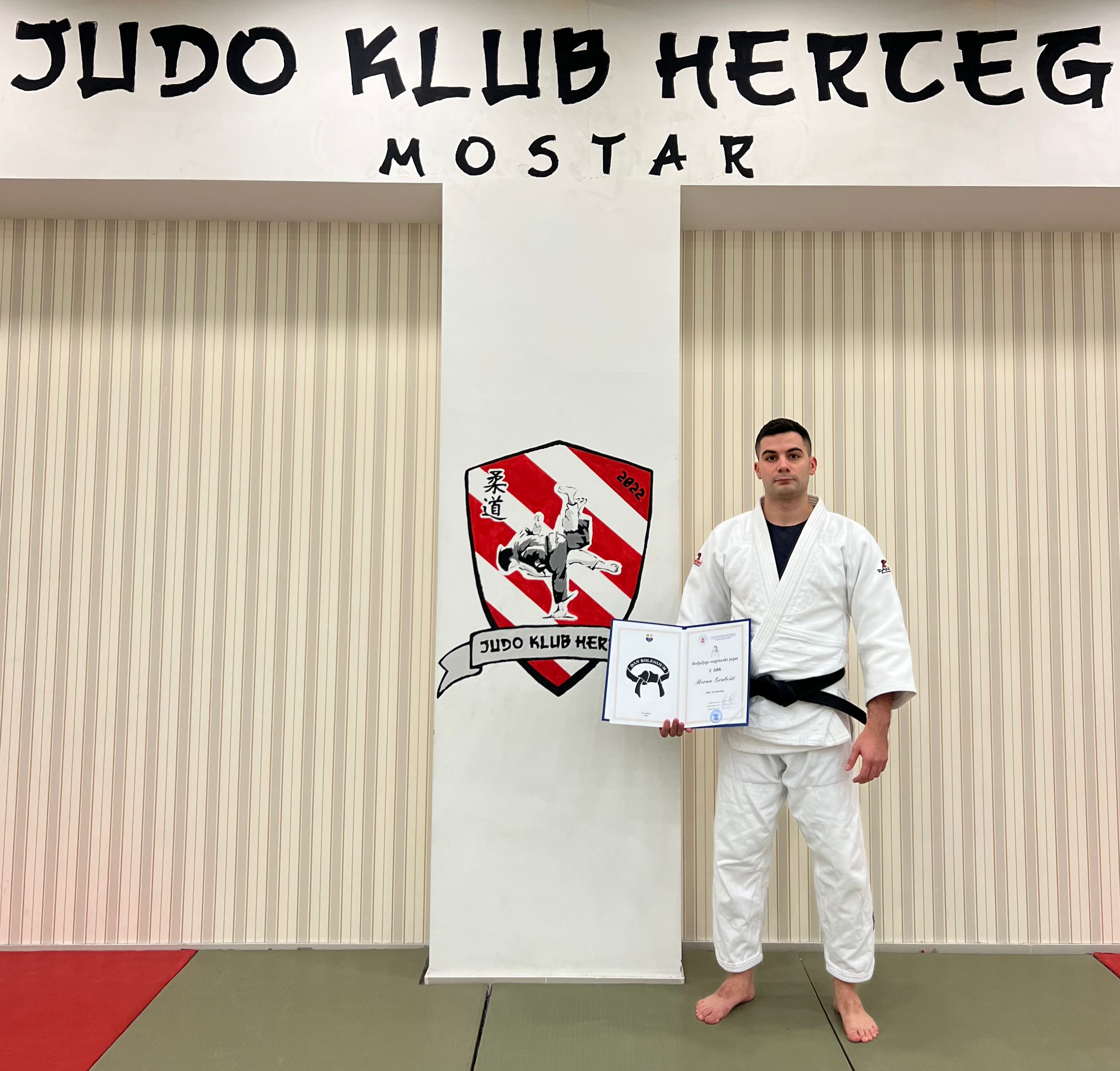
Day 1: Understand
On the first day, team of the coaches and me dive deep into the world of the experience of young practitioners. We kicked things off with a series of interviews, talking to parents and kids. Each conversation was an eye-opener. I introduce three user personas that represent the diverse experiences of young judokas. These personas are based on real children involved in judo, each with unique goals, challenges, and backgrounds. Each persona had specific challenges.
For safety reasons, the parents of the kids involved in this project requested that I not post pictures and videos of their kids online.
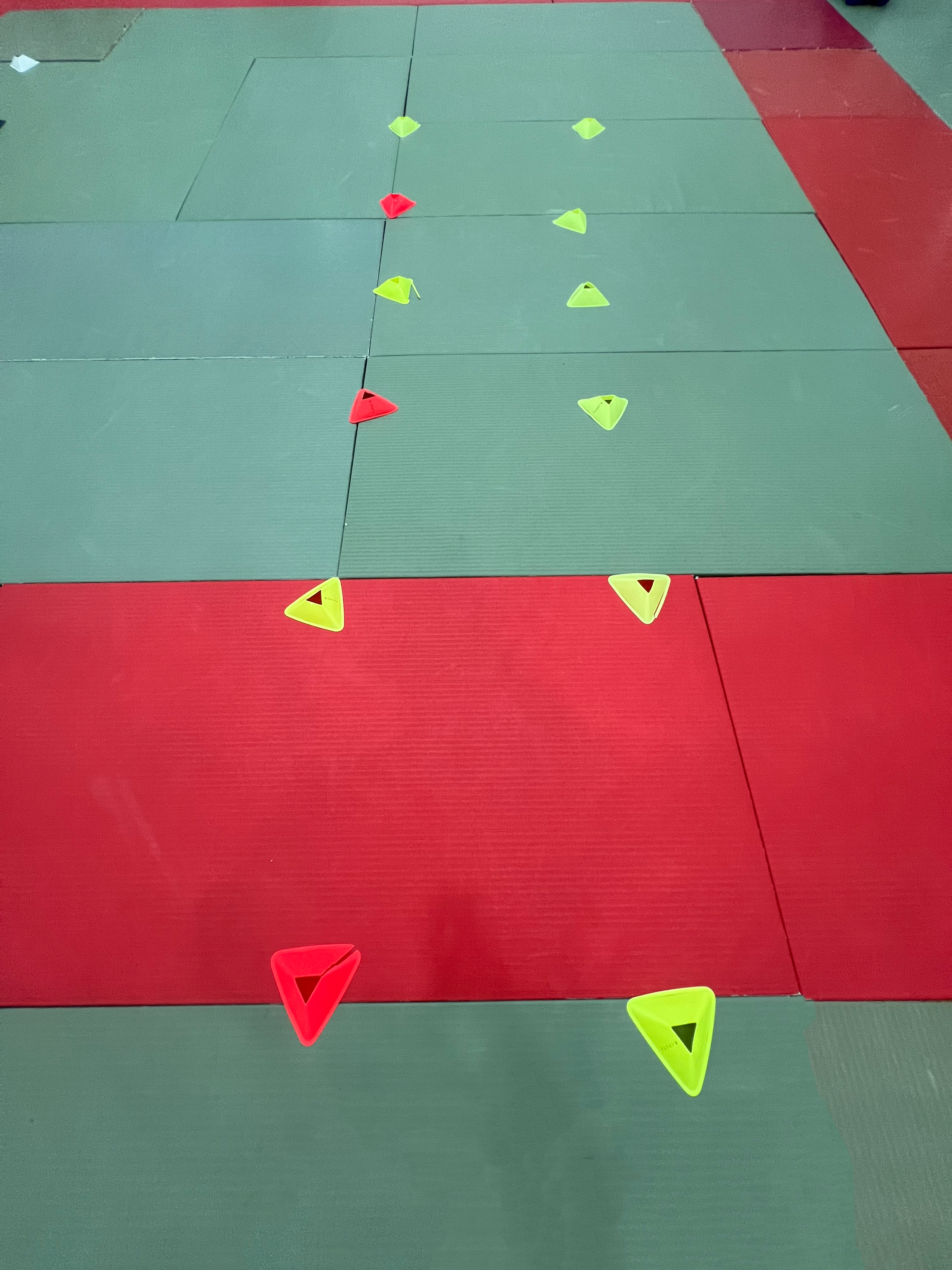
Day 2: Define
According to the Jean Piaget, kids’ cognitive ability to reason, infer, and make connections is still developing. That development happens in different stages:
The preoperational stage: children (between the ages of 2 and 7) can think in terms of symbols, but they aren’t yet able to effectively take other people’s perspectives. Language skills are still developing.
The concrete operational stage: between the ages of 7 and 11, kids learn how to use logic to make inferences and reason about the world.
In both stages, other key cognitive capacities are also immature: the theory of mind (understanding the intentions and emotions of others), cognitive flexibility (processing conflicting information and switching perspectives), and executive function (planning and monitoring their own behaviors).
Through our training sessions, it became clear just how important colors are to kids learning and movement. We noticed that when using cones of the same color for exercises involving alternating movements, the kids often made mistakes. However, when we switched to different colored cones and instructed them to follow the sequence—such as moving to a yellow cone followed by a red one—they were able to follow along perfectly.
Day 3: Ideate
Team of the coaches kicked off the day by discussing our insights from the previous two days. After hours of thoughtful discussion, sketching, and refinement, we began to consolidate our ideas. As we shared ideas, one breakthrough concept emerged: a judogi that incorporated numbered sections and color-coded grips. This innovative design would provide a visual guide for young athletes, making it easier for them to understand and remember techniques. Coaches could give clear and simple instructions, such as saying, “Grab number 1 with your right hand” or “Use the yellow grip with your left.” The team rallied around the combination of numbers and colors, excited about how this could transform the learning experience for young judokas. We envisioned how engaging visuals could enhance their confidence on the mat and simplify communication between athletes and coaches. The energy from our brainstorming sessions had sparked a sense of optimism in the team, as we saw how our ideas could truly make a difference in the judo experience for young practitioners.
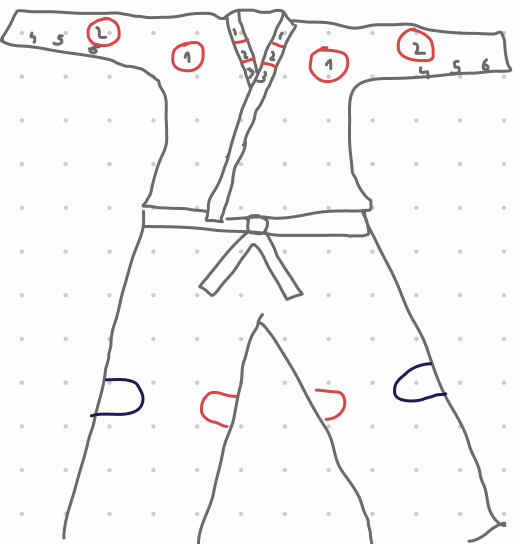
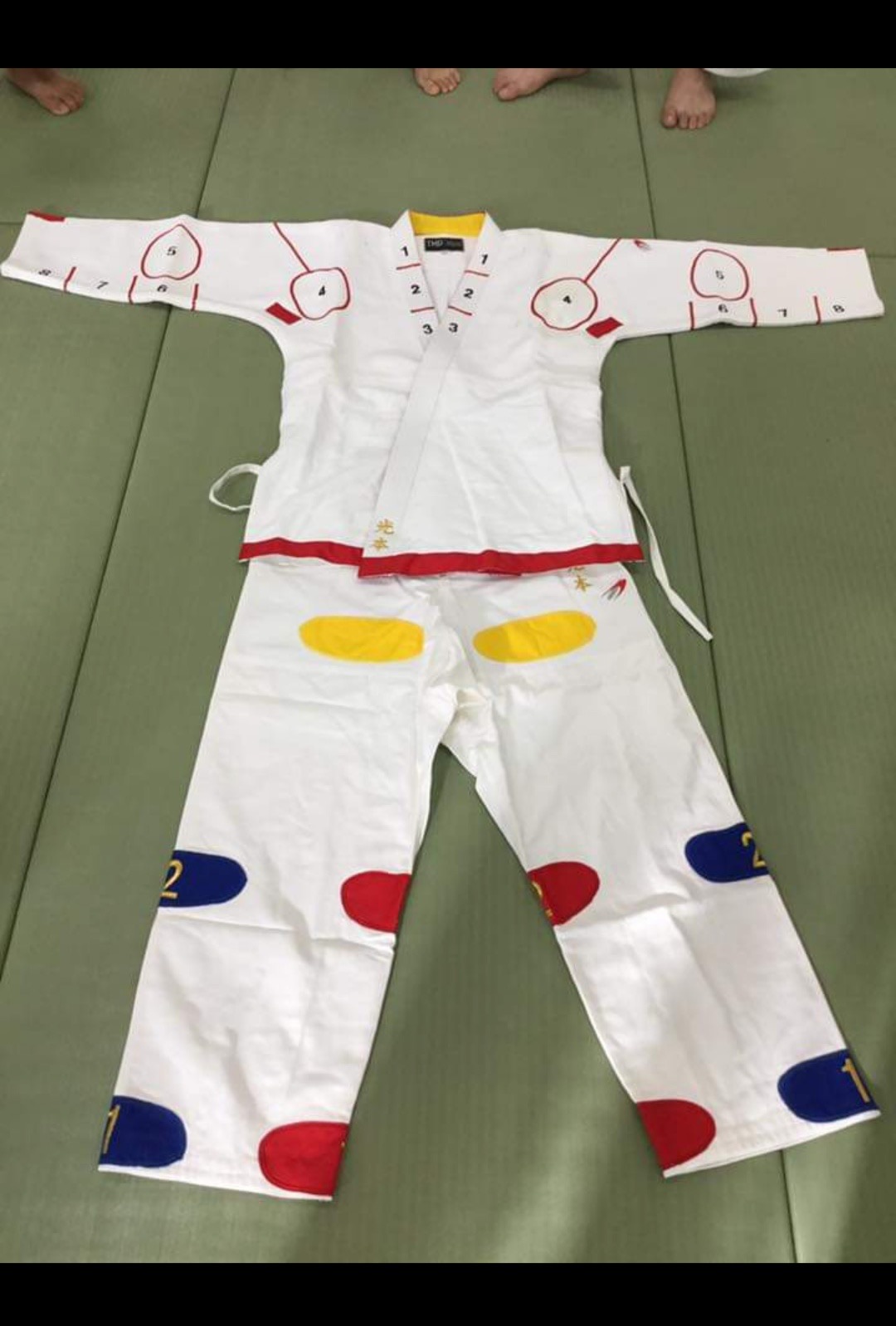
Day 4: Prototype
On Day 4 the excitement in our team was palpable as we transitioned from brainstorming to actual prototyping. With the creative concepts from Day 3 fresh in our minds, we were eager to bring our ideas to life in a tangible way that young judokas could interact with. The standout idea was the incorporation of numbered sections and color-coded grips on the judogi. We identified that these features were not just design elements, but critical tools that could help young athletes navigate their learning processes more easily. Team members began cutting and assembling fabric swatches, marking numbered sections directly on the material. This hands-on approach allowed us to visualize how the judogi would look and feel in practice. The prototype featured the numbered sections and color-coded grips in a way that was both intuitive and visually appealing. It was thrilling to see our ideas materialize into something physical.
Day 5: Test
The final day was all about testing our prototype with young judokas. The excitement in the air was palpable as kids donned our prototype judogi and stepped onto the mat. As they practiced, we observed their interactions and listened to their feedback. The feedback we gathered was overwhelmingly positive. Coaches noted how much easier it was to convey techniques and how engaged the kids were during practice. This interaction validated our design choices and reinforced the idea that the judogi could significantly enhance the learning experience for young athletes. A few weeks later, many of the kids who tested the prototype participated in their first tournament. Energized by their new confidence and the skills they had developed, the team swept through the competition and ultimately secured first place. The success at the tournament was a testament to the effectiveness of the judogi in aiding their learning process and helping them perform at their best.
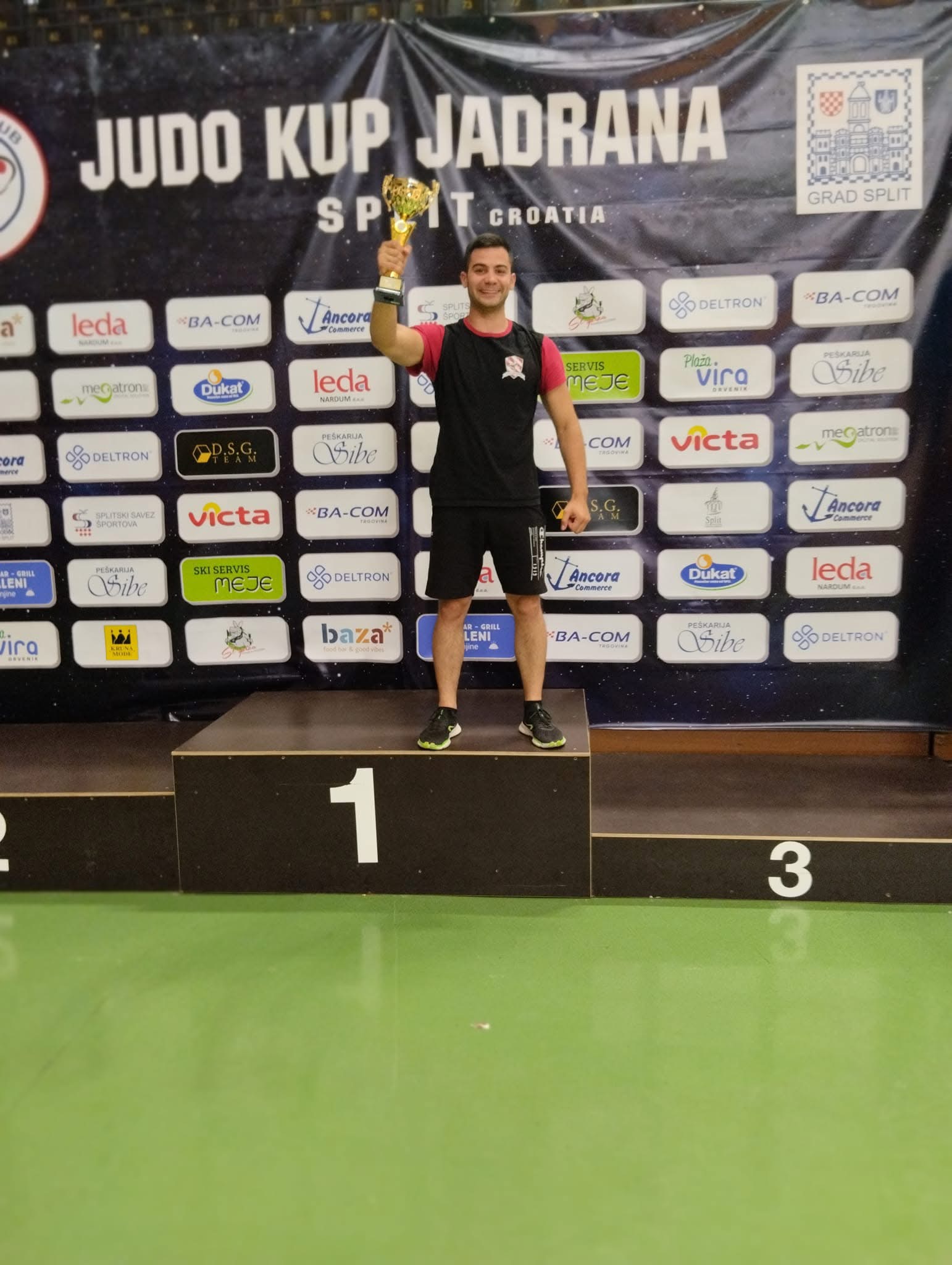
Outcomes and lessons learned
I learned a lot about designing for children and their developing cognitive abilities. One important lesson was to clearly state the goals of the design and provide simple, direct instructions that kids can easily understand.
I focused on crafting guidance that matched their level of understanding without being too strict. This helped kids feel more comfortable and familiar when using the judogi features. I also realized that small age differences can greatly impact how children think and learn. This means that what works for one group may not work for another.
Overall, keeping children’s cognitive capacities in mind is crucial. Doing so ensures that the experience is enjoyable and engaging rather than frustrating.
Some of my last projects

